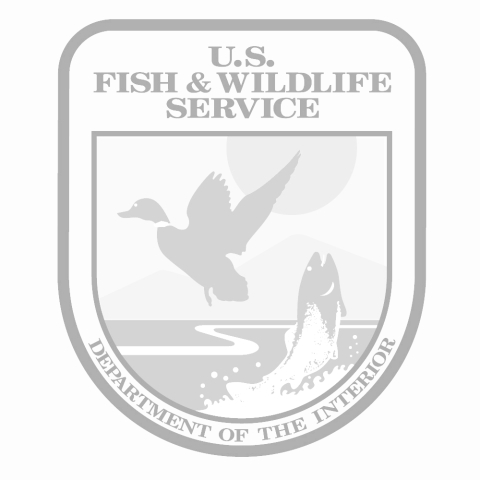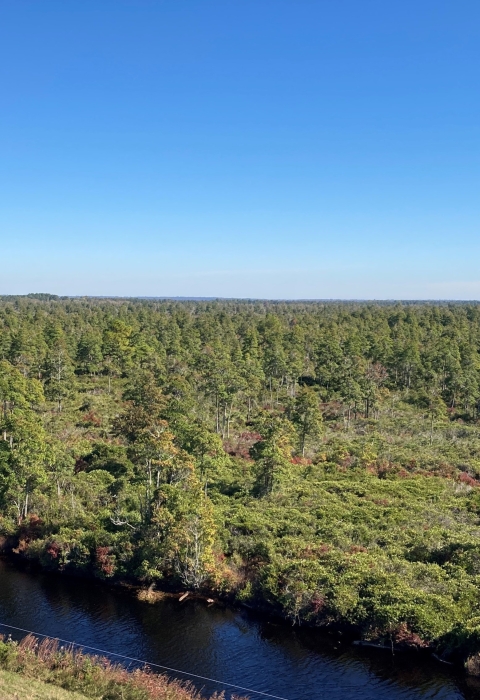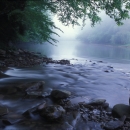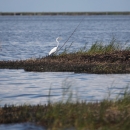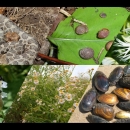News
The U.S. Fish and Wildlife Service is seeking public review and comment on the 2023 Draft Addendum to the Final Assessment Plan for the Natural Resource Damage Assessment of the Sauget Industrial Corridor Sites: Inclusion of the 2023 Avian Exposure Study and Avian Population Density Study. Comments will be accepted until May 3, 2023. Please submit comments by mail or email to:
Mail: Aleshia Kenney, Case Manager, U.S. Fish and Wildlife Service 1511 47th Avenue, Moline, IL 61265
Email: Aleshia_Kenney@fws.gov
Overview
The Sauget, Illinois Industrial Corridor Sites (Sites) are contaminated with at least 34 hazardous substances, including pesticides, metals and polychlorinated biphenyls (PCBs). PCBs were manufactured on a portion of the Sites, at the W.G. Krummrich Plant for nearly 100 years until Solutia’s chemical business was spun off in 1997, while other potentially responsible parties manufactured and disposed of various other hazardous substances throughout the Sites. The Sites consist of two separately identified areas: Sauget Area 1 and Sauget Area 2 and include a series of facilities, landfills, waste disposal areas, sludge lagoons, and contaminated waterways located around the Villages of Sauget, Cahokia, and East St. Louis, St. Clair County, Illinois. The Sites have been proposed for listing under the National Priorities List for clean-up. The Illinois Environmental Protection Agency (ILEPA) and the U.S. Environmental Protection Agency (USEPA) are overseeing various remedial actions by some of the potentially responsible parties at the Sites.
Trustees
The Natural Resource Trustees (the Trustees), which are the ILEPA, the Illinois Department of Natural Resources (ILDNR), the Missouri Department of Natural Resources (MODNR), and the U.S. Department of Interior (USDOI) acting through the U.S. Fish and Wildlife Service (Service), are conducting a Natural Resource Damage Assessment (NRDA) at the Sites under the Comprehensive Environmental Response, Compensation, and Liability Act (CERCLA).
Assessment
Pursuant to applicable regulations, the Trustees invited the potentially responsible parties to join in a cooperative assessment, but all parties declined. Contaminants released into the environment from the Sites may have caused harm or injuries to natural resources, including but not limited to surface water, groundwater, soils, air, migratory birds, and biota. The Trustees are continuing their assessment work and are in the process of identifying additional study needs to understand the extent and duration of contamination in the environment and its effects on natural resources. The purpose of the NRDA is to determine the amount and type of natural resource restoration that is required to restore any injured natural resources and to compensate the public for lost use of natural resources.
The U.S. Fish and Wildlife Service is in the process of updating webpages, so some content that was previously available is temporarily unavailable. Please contact Aleshia Kenney for additional information.
Contact Information
